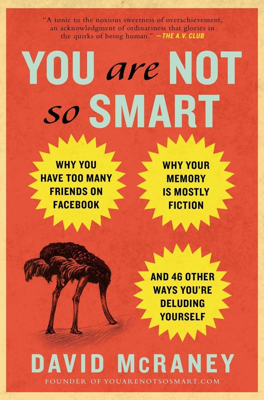Normalcy Bias
Misconception vs. Truth
Misconception:
Your fight-or-flight instincts kick in and you panic when disaster strikes.
Truth:
You often become abnormally calm and pretend everything is normal in a crisis.
Normalcy Bias Explained
- Initial Reaction: When faced with a new situation, you compare it to what is familiar and normal for you. This leads to interpreting alarming situations as part of the normal routine.
- Case Study: In 1999, despite advance warnings of a tornado with winds reaching 320 mph, many Oklahoma residents did not seek shelter, leading to significant devastation.
Psychological Insights
- Contagion Effect: Mark Svenvold observed that normalcy bias can spread among people, as they attempt to maintain calm by shaming those who react to danger.
Stages of Reaction: Researchers Mikami and Ikeda outlined that in a disaster, most people:
- Initially interpret the situation based on familiar context.
- Underestimate the severity.
- Seek information from trusted sources and peers.
- Move to contact family.
- Prepare to evacuate or seek shelter.
- Finally, take action.
Real-life Examples
- 1977 Pan Am and KLM Planes Collision: Survivors of the Tenerife plane disaster recounted how many passengers remained passive during critical moments, failing to escape even when it was possible.
- 9/11 and Other Disasters: Survivors often engaged in normal routines, like collecting belongings or shutting down computers, rather than immediately evacuating.
Factors Influencing Survival
- Those who survive crises often have prior experience or practice, which reduces the deliberation needed during the actual event.
- Preparedness: Familiarity with emergency procedures, drills, and mental rehearsal can streamline the brain's response process, involving cognition, perception, comprehension, decision, implementation, and movement.
Normalcy Bias and Response to Disaster
- Misinterpretation of Danger: Normalcy bias prevents recognizing the severity of a situation, leading to inaction.
- Fear Bradycardia vs. Normalcy Bias: Normalcy bias is distinct from fear bradycardia, where individuals freeze instinctively. It is more about self-soothing through denial of the abnormal.
Impact on Larger Scales
- Global Issues: Normalcy bias is evident in responses to global climate change, peak oil, and other complex events where the full impact is hard to imagine.
- Information Overload: Frequent false alarms, like with Y2K or overhyped diseases, contribute to a global scale normalcy bias, making it difficult to discern when to genuinely act.
Strategies for Overcoming Normalcy Bias
- Repetition and constant reinforcement of warnings and instructions can create a new normal, prompting quicker and more effective actions in emergencies.
- Preparedness Programs: Implementing and practicing safety drills can help mitigate the effects of normalcy bias.
